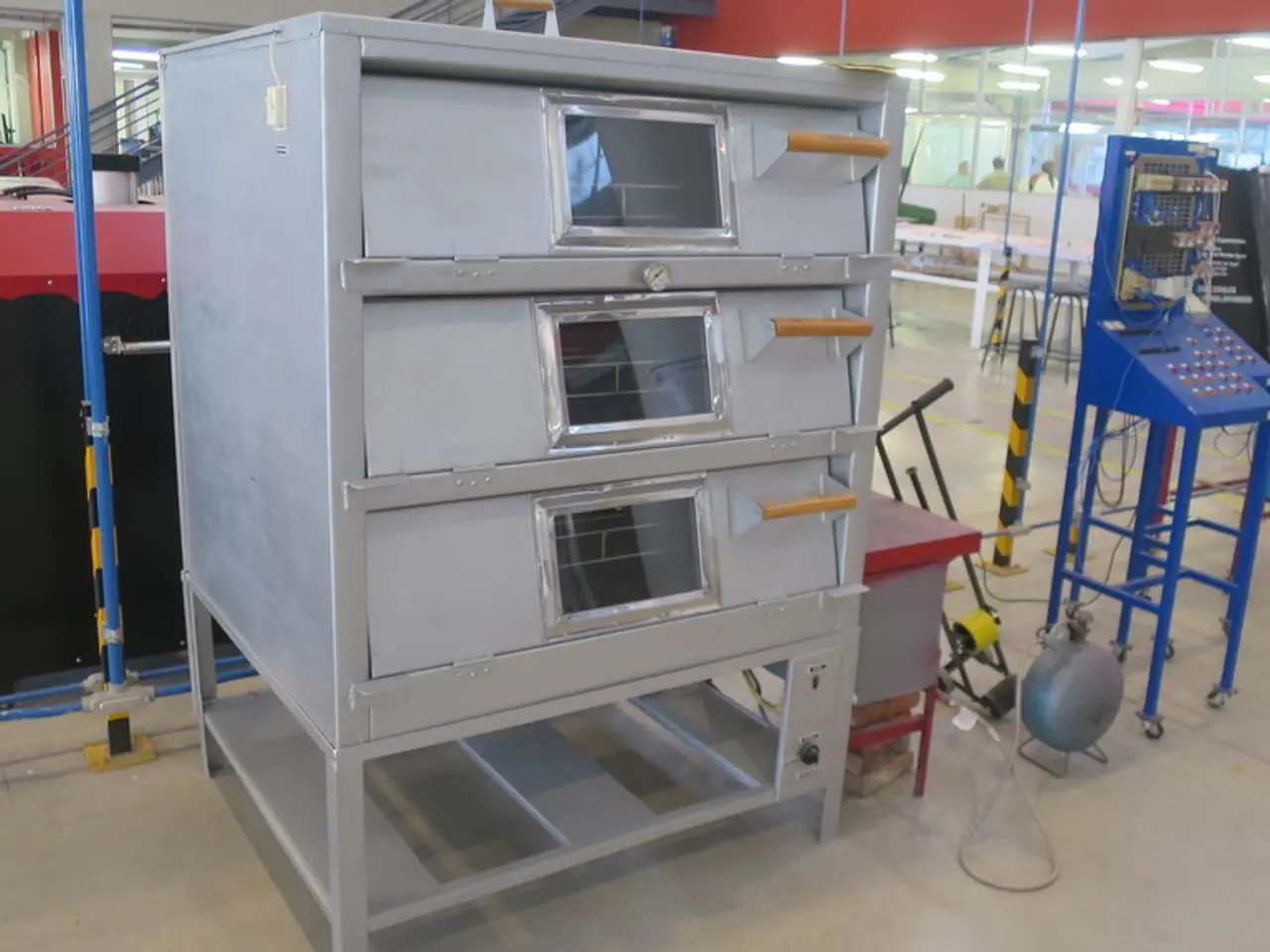Embracing the Future: Readiness Strategies for Your Business in the Era of Industry 4.0!
Preparing Your Manufacturing Company for Industry 4.0: A Comprehensive Guide
In the ever-evolving world of manufacturing, embracing Industry 4.0 is becoming increasingly important. Here's a step-by-step guide to help your company navigate this digital revolution.
1. Baseline Data Collection and Asset Digitalization
Start by gathering comprehensive data from your existing machinery and processes. Digitize all assets, equipping them with sensors and connectivity to enable real-time data collection for analytics.
2. Integration of Legacy Systems
Evaluate your current systems, especially older or legacy equipment, and plan how to integrate them with modern Industry 4.0 technologies. This often requires retrofitting or adopting flexible automation solutions without disrupting ongoing operations.
3. Establish Secure and Scalable Data Pathways
Decide whether to use on-premise servers for control or secure cloud platforms for scalability. Ensuring data security is critical, affecting not just factory operations but the entire supply chain.
4. Implement Advanced Data Analytics and AI/Machine Learning
Apply AI models, initially unsupervised for anomaly detection and later supervised for fault classification, to transform collected data into actionable insights that can predict maintenance needs and improve efficiency.
5. Integrate Alerts into Maintenance and Operational Systems
Connect AI-generated alerts seamlessly into systems like Computerized Maintenance Management Systems (CMMS) to automate work orders, enabling proactive maintenance actions and minimizing downtime.
6. Adopt Modern IT Architectures and Standards
Employ scalable architectures such as Kubernetes for model deployment and cloud-based Lakehouse architectures for unified data storage, enabling efficient data access and operation continuity. Utilizing standards like AsyncAPI ensures data consistency across multiple facilities.
7. Holistic Transformation and Workforce Alignment
Industry 4.0 is not just a technology upgrade but a transformation involving human, process, and technology orchestration. Training staff, culture adaptation, and aligning new digital workflows with existing processes are vital for success.
Making the Right Choices
Industry 4.0 offers various solutions to specific production problems. It's essential to make a list of desired solution features and align them with current manufacturing facilities. The plastic manufacturing industry, for instance, faces unprecedented challenges in maintaining efficient and resilient supply chains.
Seeking Guidance
The rapid evolution of Industry 4.0 requires expertise to make qualified decisions. Missing important points during self-guided implementation could have significant long-term implications. Seeking professional guidance is beneficial when preparing for Industry 4.0 implementation.
Aerospace Manufacturing Requirements
Companies wanting to join the aerospace manufacturing industry must possess several certifications. This industry requires a significantly higher level of quality standards.
Planning for Success
A detailed plan of action is necessary for implementing Industry 4.0. Potential problems during the implementation process should be identified, and solutions should be prepared in advance. Training is required for employees to use Industry 4.0 technology effectively.
Industry 4.0 is a trend aimed at increasing efficiencies in manufacturing. By following this guide, your company can take the first steps towards joining this digital revolution and reaping its benefits.
References
[1] Kaggle. (2021). Industry 4.0: A Beginner's Guide. Retrieved from https://www.kaggle.com/c/industry-4-0-beginners-guide/overview
[2] McKinsey & Company. (2018). Industry 4.0: The next industrial revolution. Retrieved from https://www.mckinsey.com/business-functions/operations/our-insights/industry-40-the-next-industrial-revolution
[3] Microsoft. (2020). Accelerate your Industry 4.0 journey with Azure. Retrieved from https://azure.microsoft.com/en-us/solutions/industry-4-0/
[4] Siemens. (2021). Industry 4.0: The future of manufacturing. Retrieved from https://new.siemens.com/global/en/company/strategy/industry-4-0.html
In the realm of finance and business, the integration of technology like automation and Industry 4.0 solutions can pave the way for significantly more efficient transportation and logistics operations within manufacturing companies.
As your manufacturing company embarks on this digital revolution, it's crucial to acknowledge that this transformation extends beyond the factory floor. Examining various industries like aerospace, which require higher quality standards, and sectors facing challenges in supply chain management like plastics, could provide valuable insights on the customized solutions needed for optimal results.




